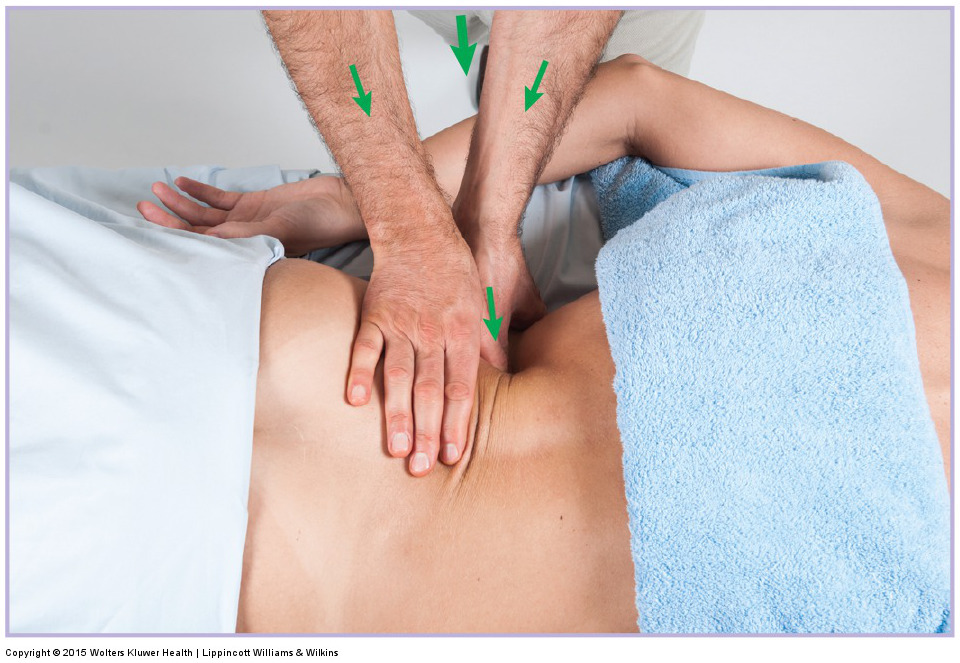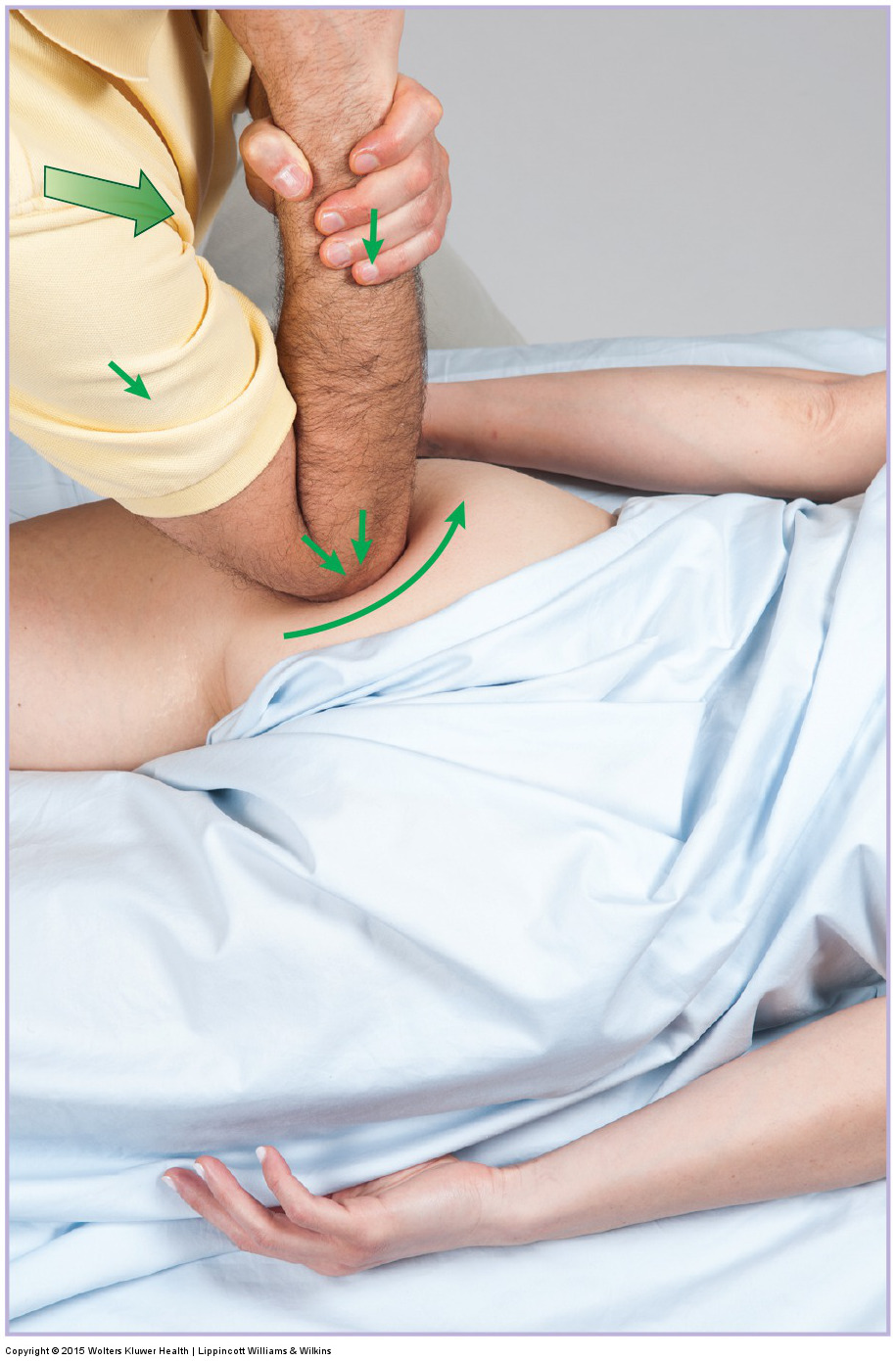Client communication is an extremely important aspect of manual therapy. After all, a client entrusts you with their body to help them heal from injury, promote better health, de-stress, and generally feel better. For this reason, it is important that your communication is as effective as possible.

One of the most common lines of client communication has to do with the depth of soft tissue manipulation that you employ. Clients vary widely with what they like. Some clients prefer deep work, others lighter pressure. One client may even prefer deep work in one region of the body and light work in another. Checking in with your client by asking about the pressure not only shows that you care, it also hopefully gives you the information that allows you to work with the pressure that is most comfortable for the client and helps them best (although you should also be feeling with your hands the response of their tissues).
The most common question from a therapist to the client is: “How is the pressure?”
The usual response is “Fine”, whether it is or not.

The problem is that most clients do not want to criticize you or in some way disagree with what you are doing, so they simply lie there and receive the massage, even if they don’t like it very much. Unfortunately, if they do not like the pressure, they will probably smile, pay you, and never come back. That helps no one. After all, if they had just said that they wanted more pressure or less pressure, you could have done it, right? The point of communication is just that, communication. But sometimes it doesn’t work. So, what to do…?
Perhaps a better phrasing of the question would be: “Do you want more pressure or do you want less pressure?”
Now you have empowered the client and specifically invited them to critique your pressure. As a result, they will feel more comfortable telling what they like. Now the client has to actually disagree with you to say “No, it is fine.”
So, when working with client communication, try this phrasing of the question and see if it you get more honest answers from your clients! And more repeat visits from them too!
Figure credits: Joseph E. Muscolino. Manual Therapy for the Low Back and Pelvis: A Clinical Orthopedic Approach. 2015.


